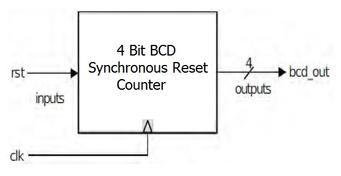BCD Code vs. Excess-3 Code: Key Differences Explained
Advertisement
This article clarifies the core differences between BCD (Binary Coded Decimal) code and Excess-3 code. Let’s dive in!
BCD stands for Binary Coded Decimal. It’s a way to represent decimal numbers (0-9) using binary code.
Table 1 illustrates the conversion between BCD inputs and their corresponding Excess-3 code outputs.
BCD vs. Excess-3 Code Conversion Table
| Decimal | BCD (A, B, C, D) | Excess-3 (W, X, Y, Z) |
|---|---|---|
| 0 | 0000 | 0011 |
| 1 | 0001 | 0100 |
| 2 | 0010 | 0101 |
| 3 | 0011 | 0110 |
| 4 | 0100 | 0111 |
| 5 | 0101 | 1000 |
| 6 | 0110 | 1001 |
| 7 | 0111 | 1010 |
| 8 | 1000 | 1011 |
| 9 | 1001 | 1100 |

As you can see, Excess-3 code output is obtained by simply adding 0011 (decimal 3) to the BCD data input.
Example:
- BCD Input:
0000 - Excess-3 code Output:
0011
Boolean Functions for Excess-3 Code Outputs
The minimized boolean functions for each bit of the Excess-3 code output (W, X, Y, Z) are as follows:
- Z = D’ (D complemented)
- Y = C*D + C’*D’
- X = B’*C + B’*D + B*C’*D’
- W = A + B*C + B*D
Advertisement
 RF
RF



